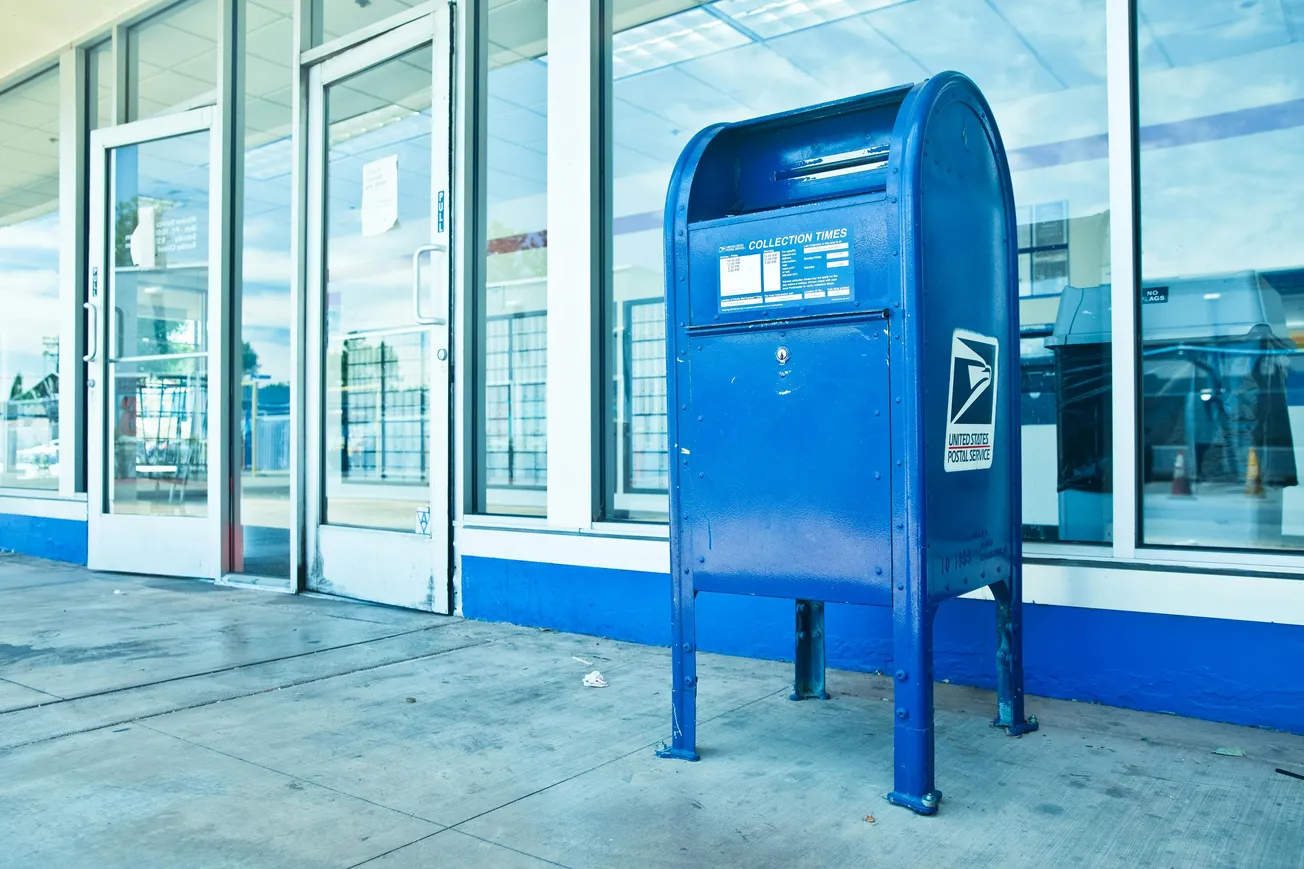The U.S. Postal Service (USPS) is forecasting a significant rebound in its package‑delivery business, with a projected 9.4% year‑over‑year increase in its shipping and parcels segment for fiscal 2026.
This growth is expected to lift overall USPS revenue by approximately 2.9%.
Package Growth Offsets Other Declines
While the package side is primed for expansion, USPS is also preparing for sharp declines in other areas. The agency projects a 42% drop in its international mail‑and‑packages business, including a 56% plunge for inbound services.
This mirrors broader industry trends of volume compression in legacy mail services as digital alternatives mature.
Why This Matters for Retailers & Suppliers
For retailers, suppliers and omnichannel brands working with USPS, these projections signal an inflection point. The increased emphasis on parcel and last‑mile capabilities implies that USPS aims to be more than a traditional postal operator—it wants to play a larger role in e‑commerce fulfillment.
The filing notes that USPS plans to encourage more shippers to leverage its first‑mile and last‑mile network rather than end‑to‑end carriage.
Operational Impacts & Workforce Signals
USPS also forecasts a 1.1% decline in work hours in FY 2026, aligned with volume expectations and efficiency initiatives.
Total mail and package volume overall is expected to fall 6.6%, underscoring the shift from traditional mail to parcels and digital communications. For retailers, this may translate into opportunities (or tighter competition) for certain delivery slots, pricing models and partnerships.
Takeaway
In a retail and supply‑chain environment where last‑mile precision and volume scale matter, USPS’s renewed focus on its parcel business offers a strategic signal: providers and brands should revisit their logistics network assumptions, evaluate how postal networks might plug into omnichannel flows, and monitor how USPS pricing/offerings evolve.








